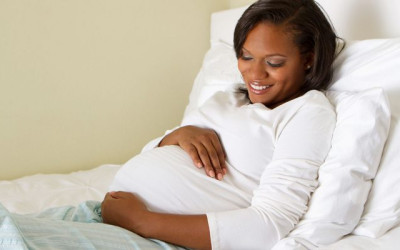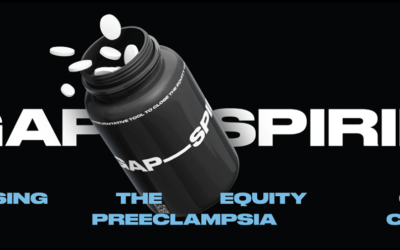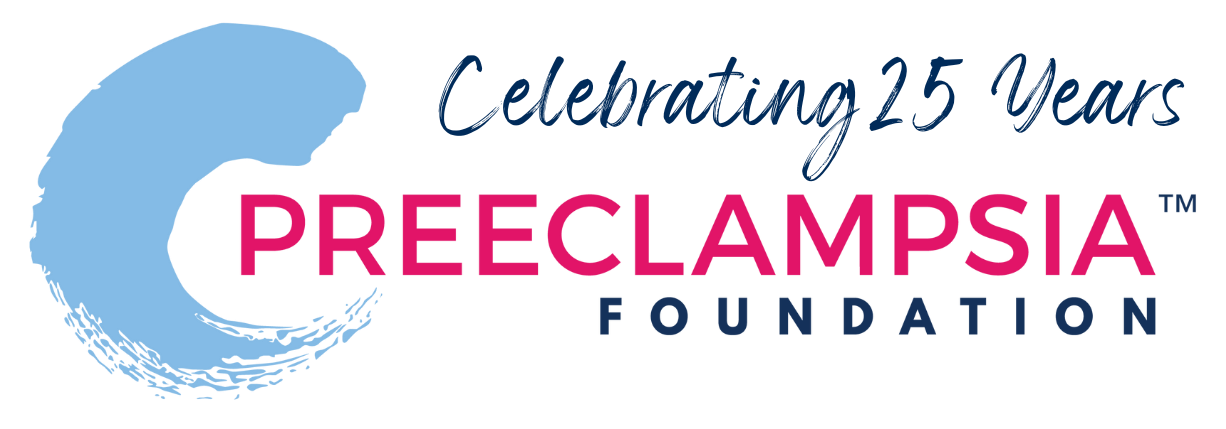
The Ride From Saltadere, Haiti
Nadine Brunk, a Certified Nurse-Midwife, started a program called Midwives for Haiti (MFH). We’ve been talking to Nadine about how we can extend our work in patient and community education to prenatal care settings like those found in Haiti. I feel like we have much to learn from Nadine, as one minute with her blog will show you. Recently, she shared this amazing story with us.
It was February 5th. The pink Jeep took four midwives to do the monthly prenatal clinic at Saltadere [a town in rural Haiti]. On the way, they stopped at the Birth Center at Thomassique to drop off two nurse-midwives who were going to conduct continuing education with the birth center staff on the difference between chronic hypertension and preeclampsia and the treatment protocols for both.
Thomassique is an hour's ride from Hinche and the road is very rough. Saltadere is another hour east of Thomassique and there is no birth center there. When the midwives arrived, they set up their stations and proceeded to see 26 pregnant women and one who had a negative pregnancy test. One woman was treated with Aldomet for chronic hypertension at 20 weeks gestation. Her blood pressure came down to normal one hour after taking her medication so she went home with a month's supply.
But there were five women who were very sick. They had very high blood pressures related to preeclampsia - the major killer of pregnant women in Haiti. (In 3 of the charts I saw records of 194/120, 208/128 and 154/100.) Two of them were in labor and vomiting. Three were term pregnancies and two were preterm.
So when the Jeep stopped in Thomassique at the end of the day to pick up our midwives, Diane and Marion, they told the driver to "Prese, prese" (hurry, hurry) because they had five high-risk pregnant women to take to the hospital. Two were in labor.
It was a harrowing ride. One of the risks of moving women with high blood pressures is that they will have seizures. Quiet, still, and lying on the left side would be the safest way to transport them. But there was no room in the Jeep for them to lie down and that Jeep ride over that bumpy road is anything but quiet and still.
Diane and Marion found bags for the 2 vomiting women and tried to make others comfortable sitting on the floor with their heads in the midwives' laps. By the time the ride was over everyone on the Jeep was nauseated. The midwives had started IV's on all the pregnant women so that they would be well-hydrated for whatever needed to be done at the hospital. It was the best they could do. They feared the two in labor would deliver on the way and that the others would have seizures from the bumpy ride.
All eventually safely arrived at the hospital and were turned over to the midwives (all MFH graduates) at the maternity unit. Before the night was over 4 had delivered and were still on MgSO4 for severe preeclampsia and two preemie babies were transported to Cange. The next morning the 5th was being induced for being 2 weeks postdate and delivered later that day, still on MgSO4.
The good news is that, although we do not know the outcomes for the babies who went to Cange, we know that the other three babies and all the mothers did well and were eventually discharged. The following morning, two of the women, who were still in the same clothing from the day before, had no family to take them home to Saltadere and no clothing for their babies so Marion paid for their moto-taxi rides home and gave them cloth diapers, onesies, and receiving blankets from the MFH supply closet.
I know this is only one day and one story from Saltadere where the mobile prenatal clinic's monthly trip to Saltadere saved the lives of mothers and babies.
Nadine wants our help: “A graphic-based educational tool to use in rural Haiti about signs and symptoms of preeclampsia would be great. We teach matrones who cannot read and write, and deliver skilled prenatal care to about 500 women per month in the Central Plateau. Haitians respond well to visual learning.”
One of the benefits of the Illustrated Symptoms Tear Pad is its application in a multitude of settings and languages. With some minor language translation and a check on cultural sensitivity, we are eager to equip health care providers in low resource settings with this important patient and community education tool.
Related Articles

A visual approach to understand preeclampsia patient experiences from the Society for Maternal-Fetal Medicine & Preeclampsia Foundation
1753716089.png)
Preeclampsia survivors and their supporters from across the United States will hit the pavement on Saturday, August 23, 2025, as part of the sixth annual Promise Walk Wherever virtual event to benefit...

Even after more than twenty years, Mavis “Mae” Stephens, a 3x preeclampsia survivor, vividly remembers the challenges she faced during her pregnancy with her second son. She did everything...

Recientemente, me encontré con una publicación en las redes sociales señalando la crisis de salud maternal desde la perspectiva de una mujer negra. Una persona respondió a...

Meghan Markle is opening up about her experience with postpartum preeclampsia in the debut episode of her new podcast, Confessions of a Female Founder. In the episode with her first guest and clo...

GAP—SPIRIN campaign gets low-dose aspirin to those most at risk to help close the maternal health gap in preeclampsia ________ NEW YORK, January 23, 2025/PRNewswire/ – In recognition of...
